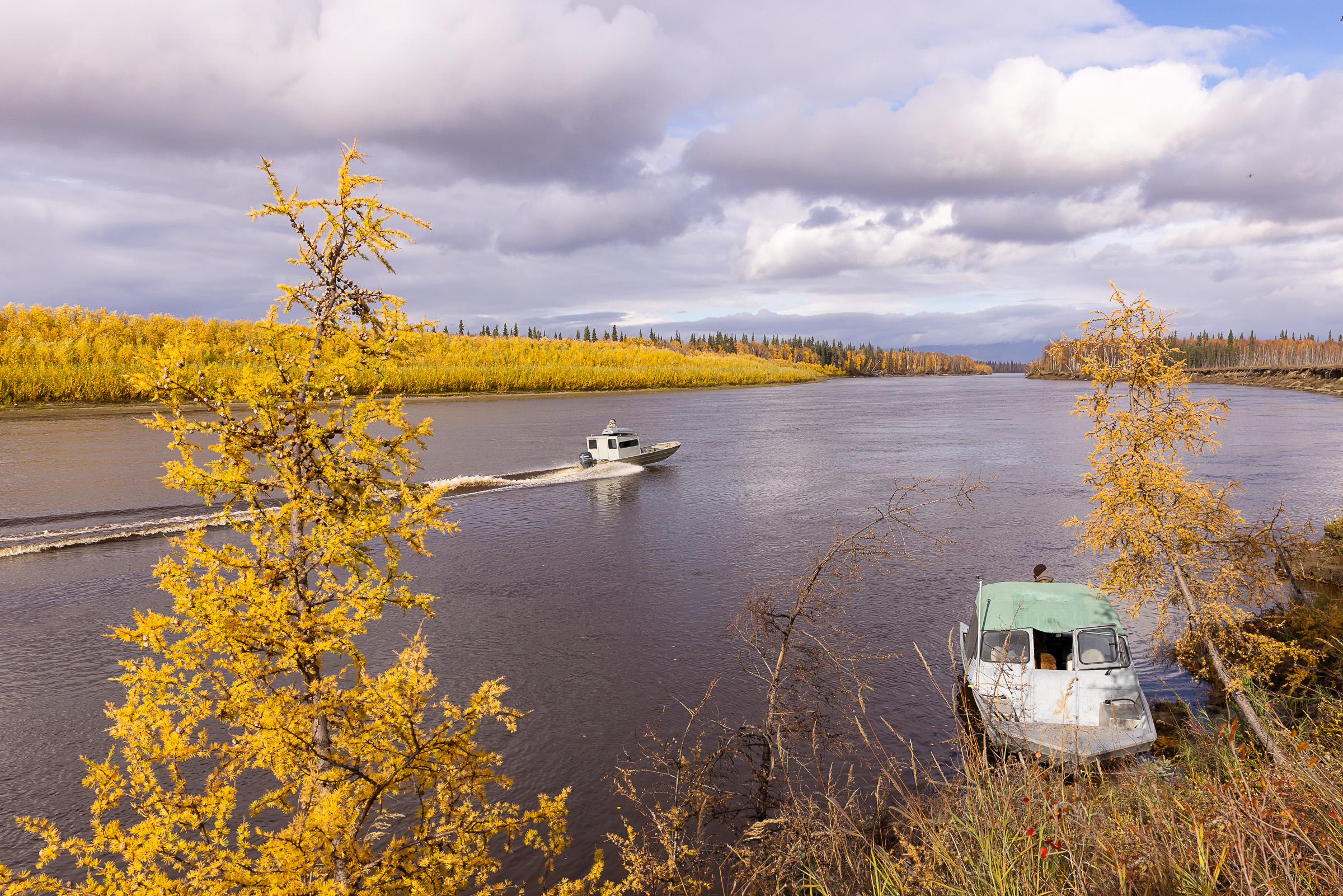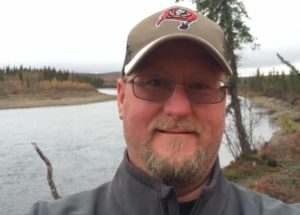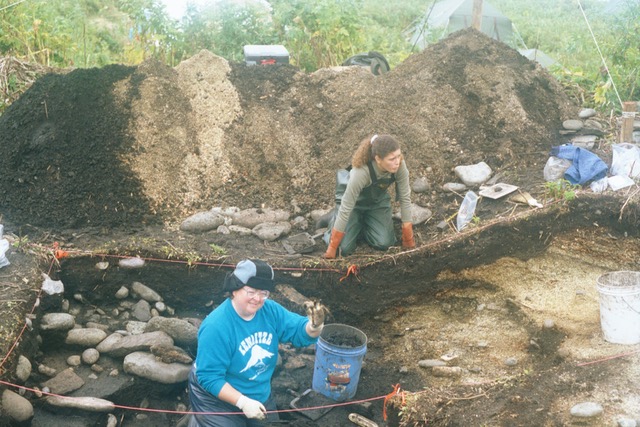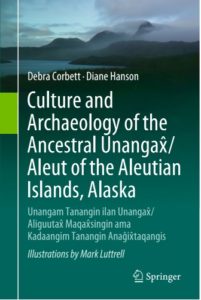Meetings
Join us and learn more about refuges and wildlife at our meetings held from 5-6 pm AKT, the 3rd Tuesday of the month. from fall to spring. Every meeting can be attended live if you are in the same town as the speaker, at watch parties in Anchorage, Kenai and Homer or on zoom wherever you are. All meetings are also recorded and posted on this page. You do not need to be a member to attend.
Upcoming Schedule:
No meeting in December.
January 21: What Really Matters: Our Years on the Kenai and Alaska Maritime National Wildlife Refuges with retiring long time managers Andy Loranger (Kenai) and Steve Delehanty (Alaska Maritime). This meeting will be in person in Soldotna (Loranger) and Homer (Delehanty), at a watch party in Anchorage and on zoom.
February – April schedule TBD
Every meeting will feature an engaging speaker from one of Alaska’s 16 Refuges or a partner who is closely involved with our Refuges.
- All Posts
- Back
- Walk for the Wild
- Special Events
- Meetings

This event was held on Saturday, March 9, 6 – 7pm
Alaska Maritime Refuge Visitor Center, Sterling Highway, #1, Homer.
Join us for a special visit and lecture from Unangax artist Patty Lekanoff-Gregory. Patty is a world-renowned artist and one of the leading craftspeople helping to promote the once-lost tradition of bentwood hat making. Come learn more about the cultural and historical significance of this intricate craft!
Free!

Friends Membership Meeting
This event was held on Tuesday, March 19, 5-6 pm AKDT
- Homer – Watch Party at Alaska Maritime Refuge Visitor Center, 95 Sterling Hwy.
- Soldotna – Watch Party at Kenai Refuge Visitor Center on Ski Hill Road
- Anchorage– Watch Party at BP Energy Center, Spruce/Willow Room, 1014 Energy Ct.
Three wildlife-rich refuges along the central Yukon River are named after the rivers that define them – Koyukuk, Innoko and Nowitna. Ecologically speaking, these rivers are the heart and lifeblood of the three National Wildlife Refuges. They are also the primary access to the refuges for the people of the central Yukon and beyond. Refuge Manager David Zabriskie who is the manager for all three refuges, will share with us his work to protect the Nowitna River, a National Wild and Scenic River, and more broadly the role all three of these rivers play in the lives of the wildlife and the people of the Central Yukon River Watershed. For a preview of this beautiful river David will be sharing with you, check out this two minute video.

The Nowitna River with the Kokrine Hills in the background. pc: USFWS
David Zabriskie’s Bio: After working as a U.S. Navy Aviation Electronics Technician for four years, David pursued his passion for conservation, completing a bachelor’s and master’s degrees in wildlife/forestry and began his Fish and Wildlife Service career through the Student Career Experience Program at Wheeler National Wildlife Refuge in Alabama. From there, he gained valuable experience working in the diverse landscapes of Mississippi, remote Pacific Islands, Tennessee, Alaska, and Arizona before returning to Alaska to work in Galena as the Deputy Manager and now Refuge Manager.

David Zabriskie on the Selawik Refuge
David's travels have provided him with the opportunity to work with diverse partners and communities across the country on amazing rivers like the Tennessee River and Colorado River. He has also led the Alaska Region's first Comprehensive River Management Plan for the Nowitna Wild and Scenic River. In his spare time, David's interests in photography and herpetology often lead him to remote locations around the planet for new discoveries.

Tuesday, February 20, 2024 5-6 pm AKT
With Archeologist and Author Debra Corbett
Friends Membership Meeting, ALL welcome.
The Zoom Recording of this event can be viewed below.
We ALL thank you so much Debbie for sharing your experience and knowledge with ALL of us. It was great!
Since then, exploring and trying to understand the ancient human history of these islands has been an all-consuming passion. Along the way I worked with amazing people and experienced transcendently beautiful land and seascapes. The past and old ways lie close to the surface if you listen. Ever so gradually we learned about the people, the culture and the rich history tied to this place. I will talk about my experiences working in the islands for 30 years and hit some of the highlights of our research.

Debbie Corbett photographing a site on Hawadax in 2001. pc WAAPP
For 9000 years people flourished in the Aleutian Archipelago, a 1000-mile chain of islands stretching from mainland America nearly to Asia. The rich marine environment supported 40,000 people before the coming of the Russians compared to a scant 8000 today. In spite of this long human history and complex and interesting social organizations of the ancient Unangax, very little archeological work was done in the Aleutians perhaps because of the remoteness or the weather. Debbie’s work was pioneering, and she is considered the foremost Aleutian archaeologist today. Most all of the Aleutians are in the Alaska Maritime National Wildlife Refuge.
Debbie’s hot-off-the-presses book that she coauthored with Diane Hanson, Culture and Archaeology of the Ancestral Unangax/Aleut of the Aleutian Islands, Alaska, will be available for purchase and signing at the talk in Homer. The book is available online from multiple sources.

Biography by Debra Corbett
At age seven I decided I would be an archaeologist; no other option ever entered my mind. I got my BA at the University of Arizona, and worked for a few years in Idaho and Arizona before heading north in 1983, to work for the Bureau of Indian Affairs (BIA). The job was investigating historic sites claimed by the newly created Alaska Native Claims Settlement Act, Native Corporations.
That summer BIA sent two crews to Adak Island. Since I had actually been in a small boat, I was picked for one of the crews. Of the 12 of us, ONE, not me, knew anything about the Aleutians and none of us had been there before. My crew spent three months in a rat-infested cabin with an inflatable boat, in the Bay of Islands one of the most beautiful spots on earth. I was completely enmeshed in the magic of the islands.
I worked for the BIA until 1989 then went on to get an MA in Fairbanks, studying--you guessed it--the Aleutian Islands. One day my advisor approached me with a phone number on a scrap of paper and said “This crazy bird biologist in Kansas wants to find an Aleutian archaeologist. Call him!” and my future was set. After completing my degree, I went to work for the U.S. Fish and Wildlife Service (FWS), largely because the agency manages the islands as part of the Alaska Maritime National Wildlife Refuge. Unusual for any agency, FWS allowed me to participate in a multi-year research project with the crazy biologist, Dr. Douglas Causey, and some of his colleagues. From 1997-2003 we were the Western Aleutians Archaeological and Paleobiological Project (WAAPP). Along the way we experienced the best and the worst the Aleutians have to offer, shipwreck, injury, laughter, frustration, fear, transcendent joy, and unbelievable archaeology.
In December 2012 I discovered I was eligible for retirement and left the best job in the world so I could spend more time doing research and writing on the prehistory of the Aleutian Islands. Long time friend and colleague Diane Hanson here at University of Alaska Anchorage (UAA) talked me into writing a book on the prehistory of the Aleutians Islands. We finished that book and here I am, to tell you all about 30 years in the Best Place in Alaska.

Presented by the Gaia Girls, Laura Pillifant and Mary King
The recording of the zoom meeting can be found below. Please note that this presentation was held before a live audience at Kenai NWR.